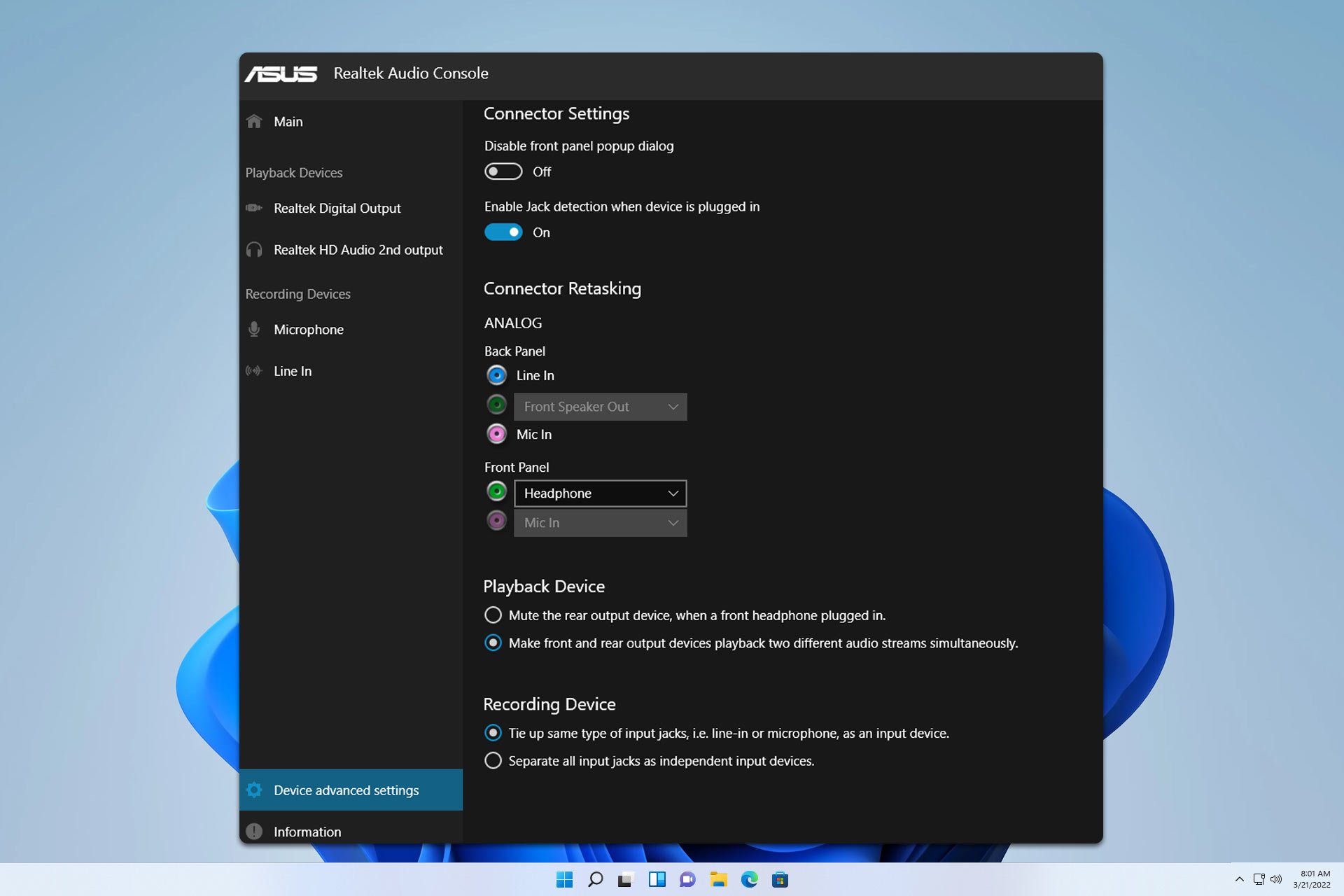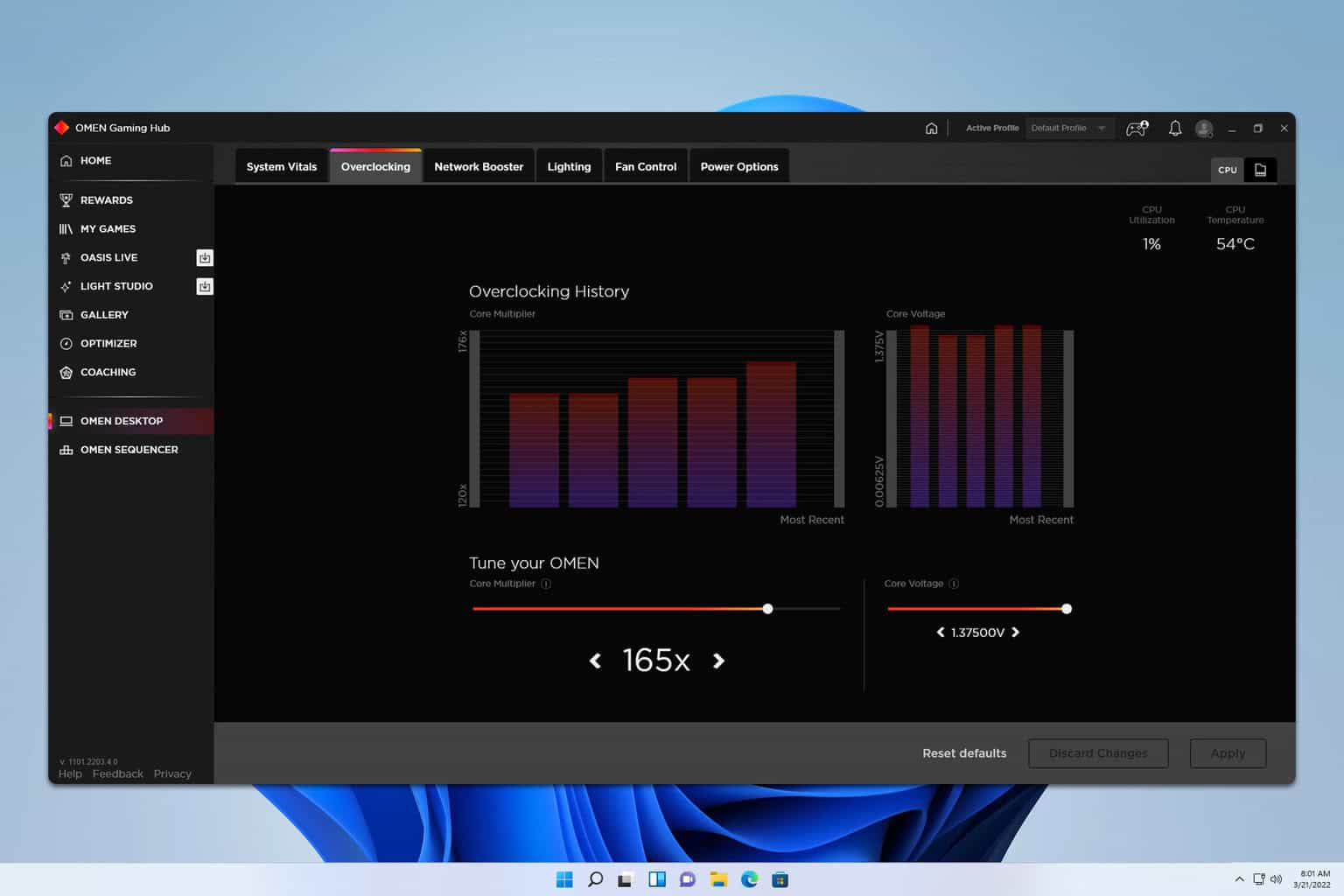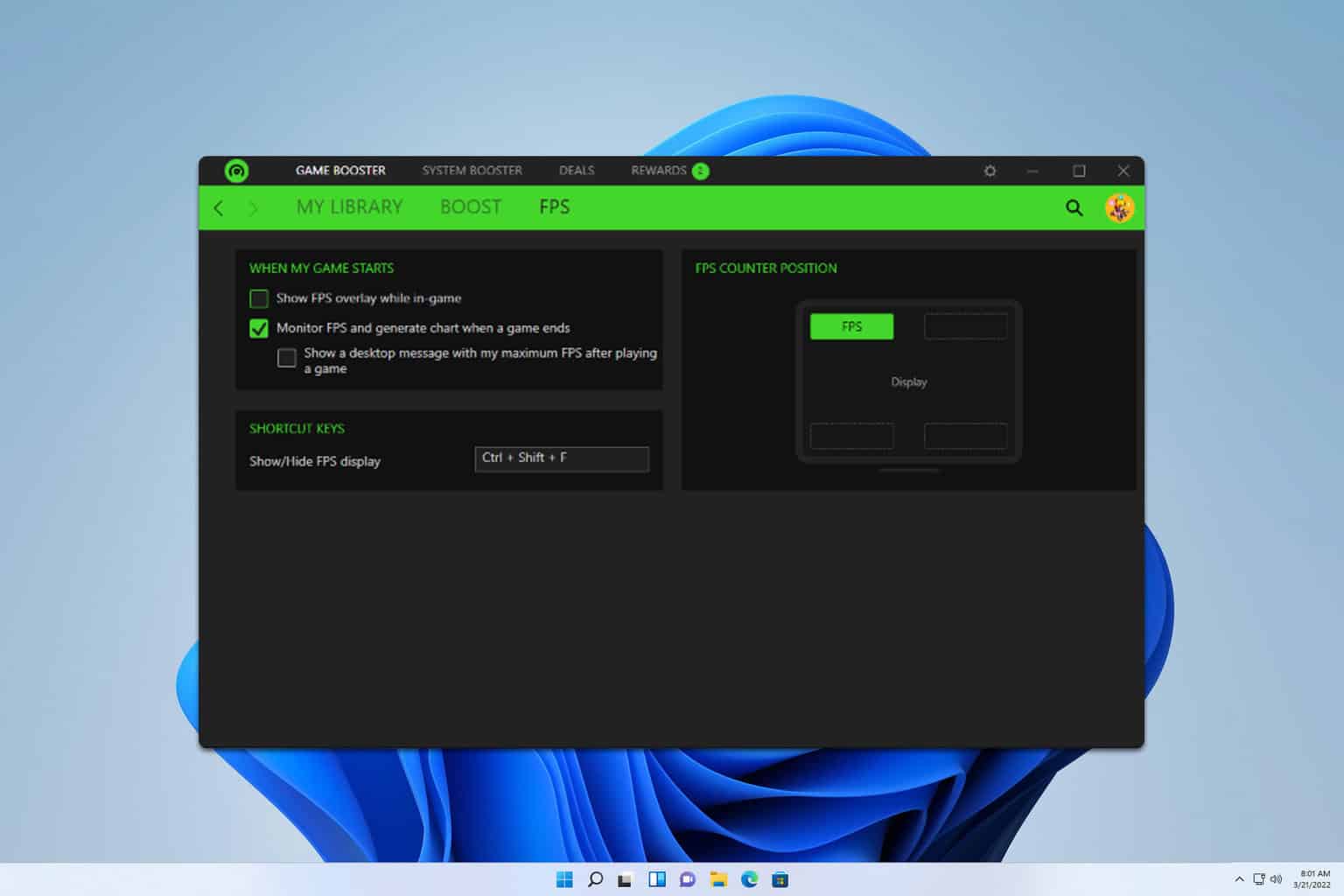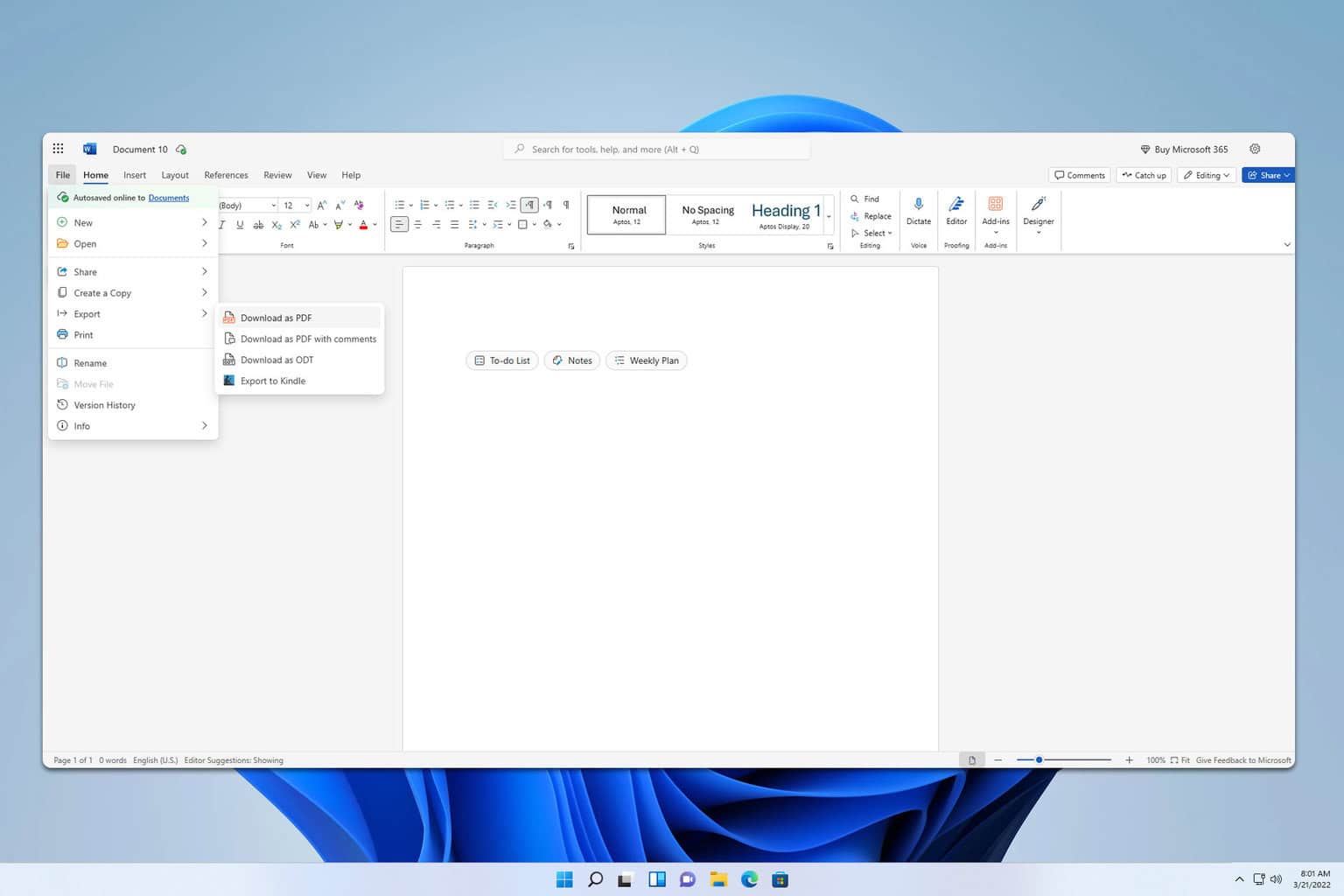How to Back Up Drivers in Windows 10: 3 Quick Methods
Use these CMD and PowerShell commands to back up your Windows 10 drivers
3 min. read
Published on
Read our disclosure page to find out how can you help Windows Report sustain the editorial team. Read more

It’s important to back up your Windows 10 drivers before you make any important changes to your system. There are several methods to achieve this and have the drivers ready for recovery. Here are the easiest manual and automatic methods to back up your drivers in Windows 10.
How do I back up my Windows 10 drivers?
1. Using Command Prompt
- Press the Win + E keys to open File Explorer.
- Go to a drive that does not have Windows installed and create a new folder called Drivers Backup.
- Press the Windows key, type cmd and select Run as administrator.
- Type or paste the following command and press Enter (Replace D:\Drivers Backup with the actual path where you created the folder):
dism /online /export-driver /destination:"D:\Drivers Backup" - Open File Explorer again and open the Drivers Backup folder to see the backed-up drivers.
This method helps by creating a full backup of all your device drivers, ensuring you can quickly restore them if something unexpected happens.
2. Use PowerShell to back up the drivers
- Create a Drivers Backup folder on a non-system drive, just like you did in the first solution.
- Click the Start button, type powershell, and click on Run as administrator from the results.
- Now, type or paste the following command and press Enter to run it:
Export-WindowsDriver -Online -Destination "D:\Drivers Backup" - Just as you did in the first solution, replace D:\Drivers Backup with the right folder path if it’s different.
- Check the Drivers Backup folder to confirm the backed-up drivers.
PowerShell has similar functionality to Command Prompt for backing up drivers, although it has a slightly different syntax.
3. Use a third-party backup and restore software
Now you can clearly see that manually backing up your drivers can be a bit complicated if you’re not familiar with command line tools. Therefore, it’s a lot easier to use a dedicated driver backup software that also has the ability to restore them if something goes wrong.
We prepared a list of the best driver backup tools for Windows. Just choose the right one for your needs. Some of them have also complete system backup features.
How do I restore the backed up drivers in Windows 10?
- Right click the Windows button and select Device Manager from the menu.
- Here, right-click on the driver that needs a restore and select Update driver.
- Choose Browse my computer for driver software.
- Click Browse…, then locate and select your Drivers Backup folder.
- Check the box next to Include subfolders and click on Next.
- Windows will search the Drivers Backup folder and install the needed drivers.
This method enables individual driver restoration. If you want to restore all the drivers, you will need one of the dedicated tools highlighted above.
We also have a complete guide on how to back up drivers in Windows 11 although the methods are pretty much identical.
So, now you know how to create a Windows 10 backup on your drivers and how to restore them properly. Make sure you update and back up your drivers as often as possible to avoid potential issues in the future.
If you want to know where are drivers stored in Windows 11, click the highlighted link for complete information.
We hope that you successfully backed up your drivers in Windows 10 by using our guide. If you have any questions, hit the comments below.








User forum
0 messages